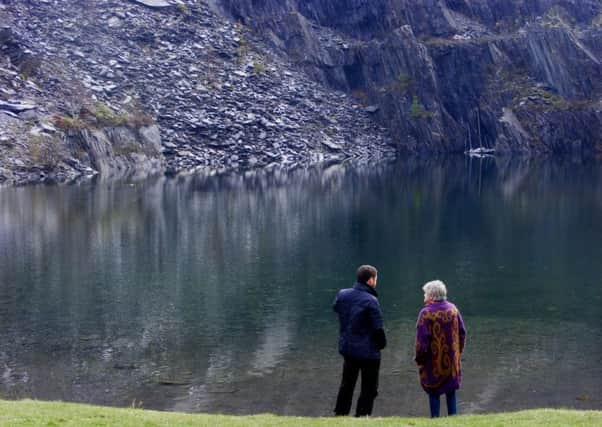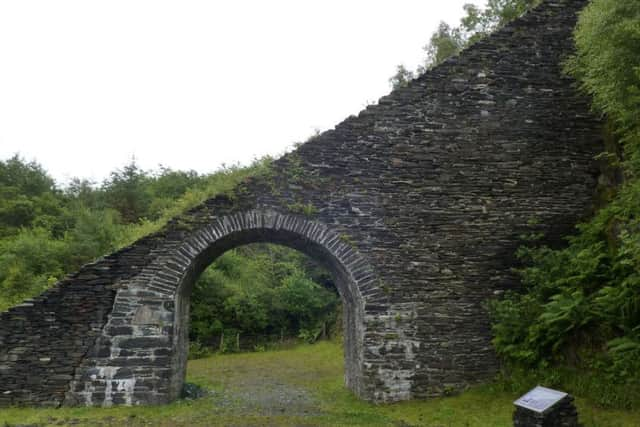Ballachulish village quarry is remembered in new project


Now, the story of the historic Ballachulish Slate Quarry is to be remembered in a project which will be told in generations to come.
This week will see the launch of the Ballachulish Slate Arch project, which has created an exciting new interpretation at the quarry.
Advertisement
Hide AdAdvertisement
Hide AdThis local history project has gathered together the stories of older people within the community who still remember family members working in the quarry or living in the ‘bank’ in one of the quarrier cottages provided by the company.


The three-year project led by Ballachulish Community Council has been funded by Historic Environment Scotland, the Heritage Lottery Fund and Highland Council.
This iconic west-coast geological and historical site contains features such as the last-remaining inclined plane ‘slate arch’ in Scotland – surveyed and consolidated as the main focus of this project – and is still loved by local people.
In the late 19th century, Ballachulish was one of Scotland’s two slate ‘super quarries’ – the other one being at Easdale – and slates from the quarry contribute to the character of many of Scotland’s buildings.


Verity Walker, community engagement manager of the project, said: “The Bank was called the bank because it was built on a great bank of quarry waste, now demolished.
“Life on the Bank was incredibly tough and the hard work and resourcefulness of the quarriers’ womenfolk has to be admired too.
“Some of our interviewees remembered it being a harsh place to live as there were rats and no gardens to speak of, but also recalled the close sense of community within the quarrier families.”
Advertisement
Hide AdAdvertisement
Hide AdOn Friday the project organisers will be meeting at the village hall before walking to the slate arch and then the quarry, where they will explode a 100-balloon salute to the quarriers to launch the new interpretation with a bang.
It is a unique opportunity to hear the quarry echo with one final ‘controlled explosion’ as it might have done all those years ago.
Verity told of some of the people involved, including Ian MacKenzie, saying: “Ian remembers going in to see relatives who worked at the quarry as its working life was drawing to a close. They would give him sweeties and cups of tea out of tins. He remembers the noise of the blast with its warning signal beforehand, and the haze of blue dust over everything.”
Verity also spoke to Katie Wigglesworth, saying: “Katie sat in the bus and gave us a great retelling of two very strange quarry stories, both connected with second sight and the supernatural.
“This huge slate slab shows just what large pieces of slate could be quarried here – the slates came in many different sizes for different purposes. The bigger ones were called by different female aristocratic titles such as ‘princess’, ‘duchess’ and ‘marchioness’.
“My role on this project is as community engagement manager, working alongside Helen Smith at Rowan Tree Consulting as the overall project manager.”
Ballachulish Community Council chairman Kevin Smith said: “This has been a project with obvious benefits for future visitors, but also one with great opportunities for local people too.
Advertisement
Hide AdAdvertisement
Hide Ad“Local folk have shared stories, trained in oral history recording techniques and also in practical slate-working. The unexpected bonus of the social media side of the project has meant a connection to an exciting new film with local roots and a new interest in Ballachulish from all over the world.”
